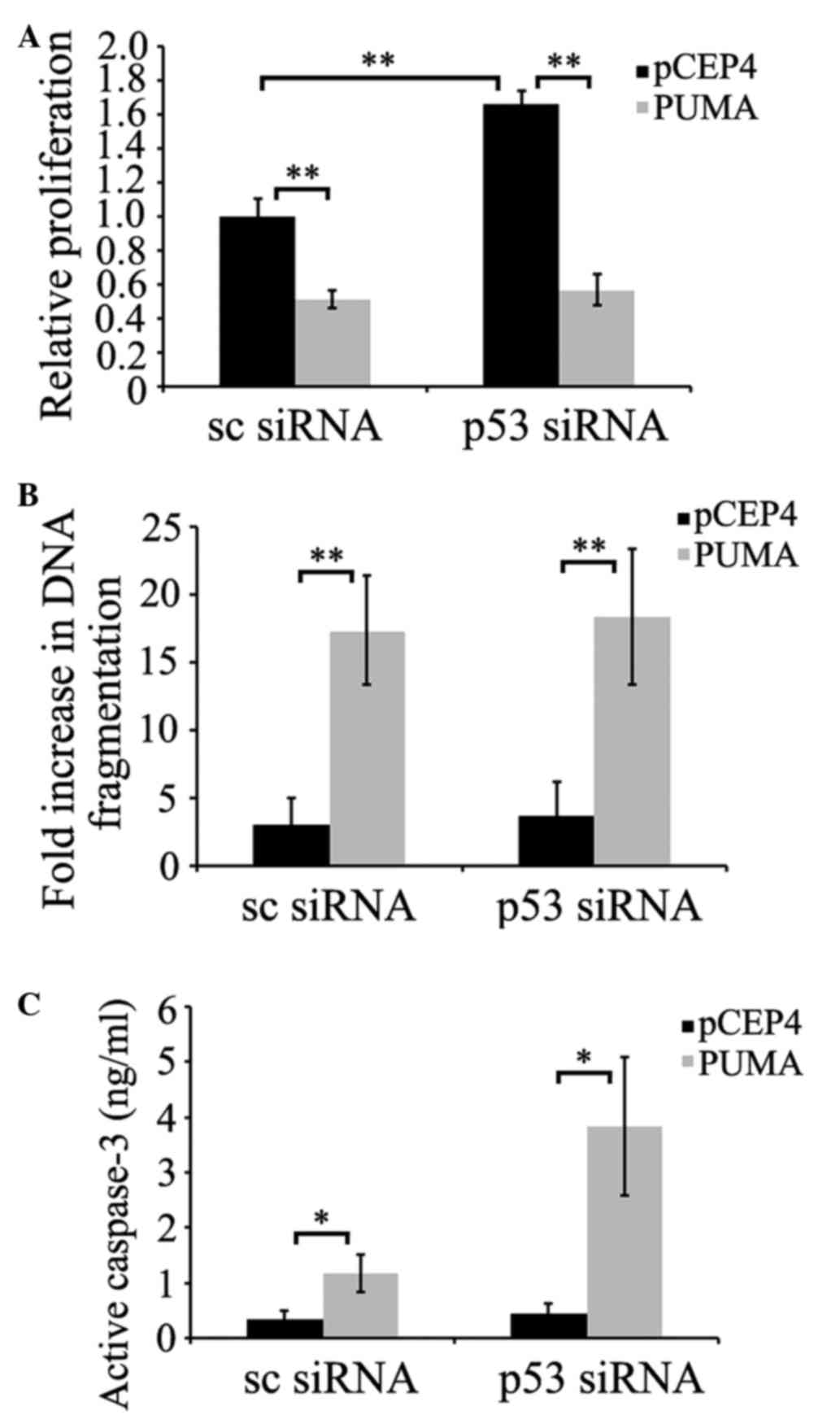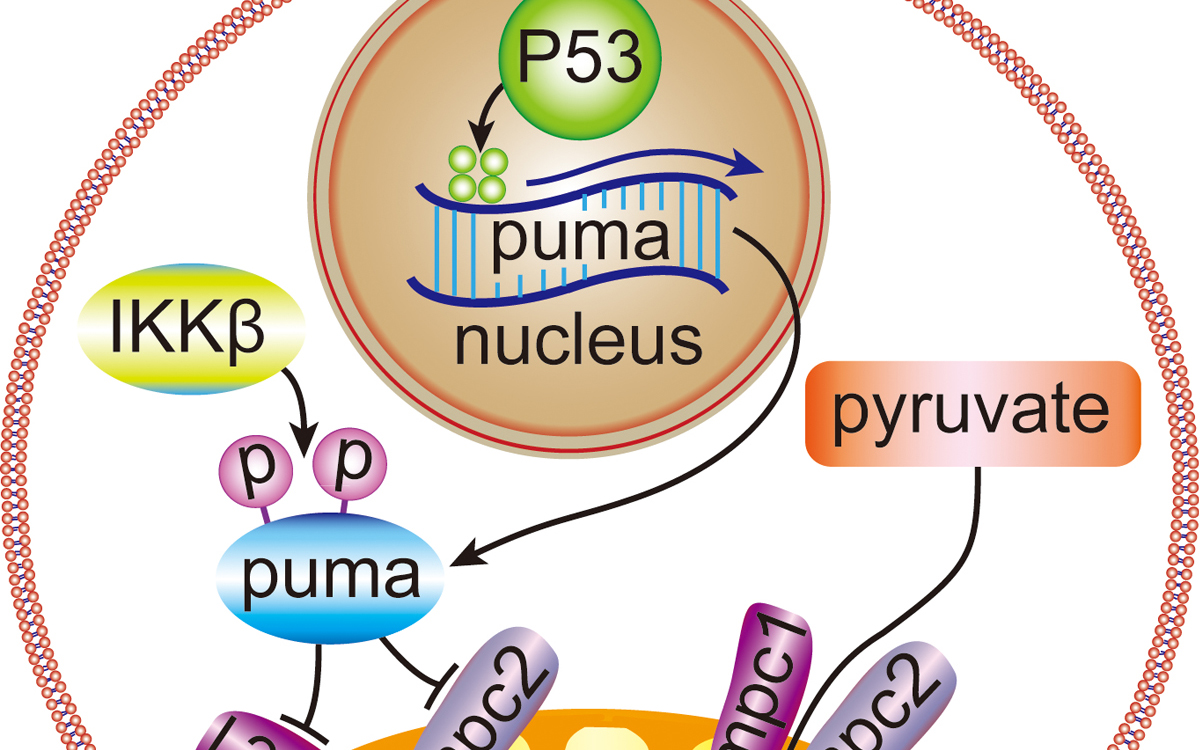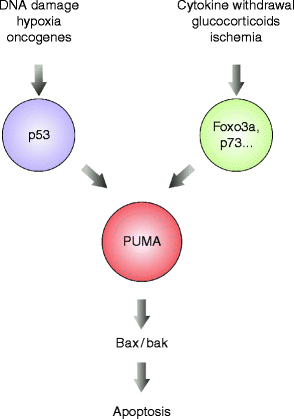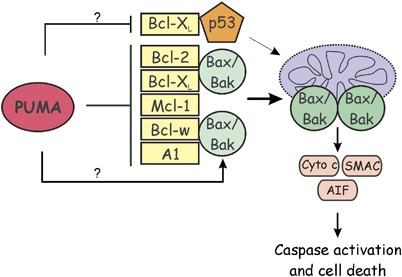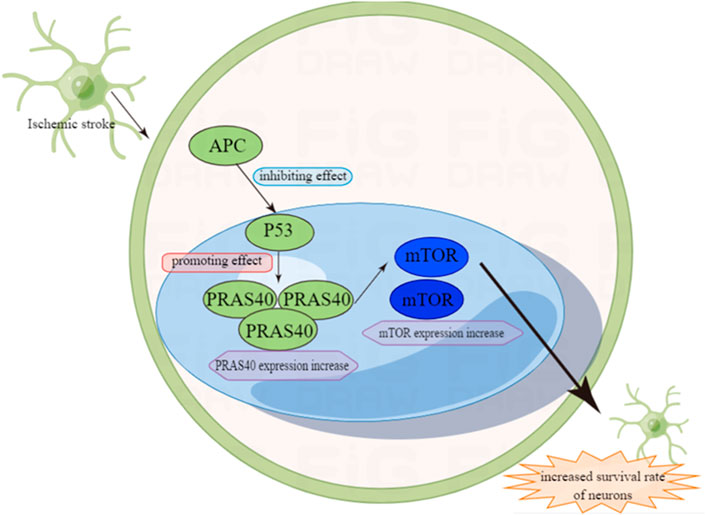BH3-only sensors Bad, Noxa and Puma are Key Regulators of Tacaribe virus-induced Apoptosis | PLOS Pathogens

WRN suppresses p53/PUMA-induced apoptosis in colorectal cancer with microsatellite instability/mismatch repair deficiency | PNAS
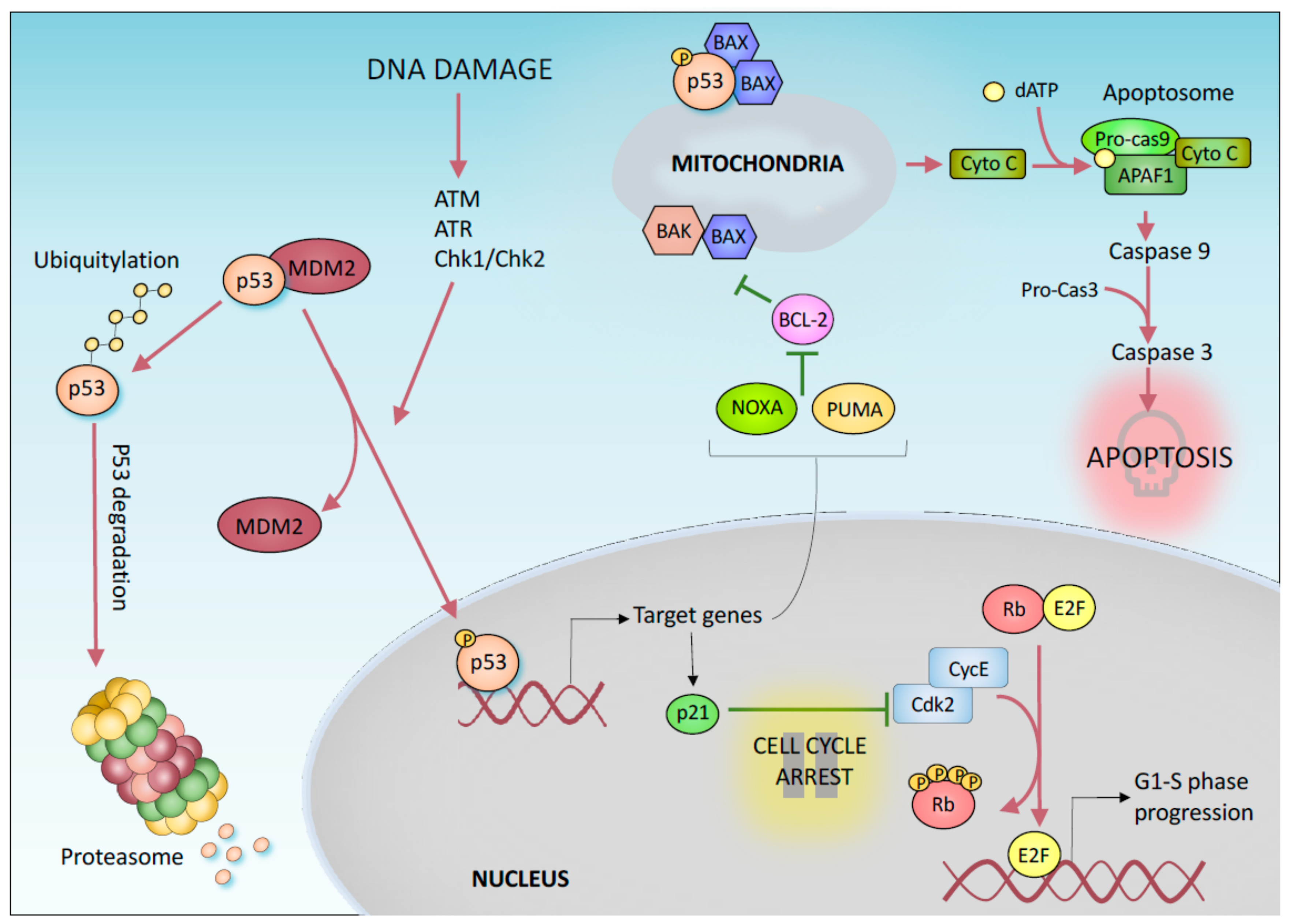
Cancers | Free Full-Text | p53-Mediated Tumor Suppression: DNA-Damage Response and Alternative Mechanisms
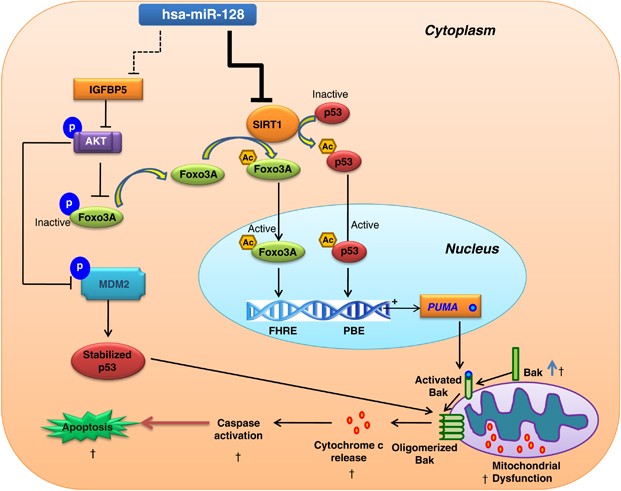
miR-128 exerts pro-apoptotic effect in a p53 transcription-dependent and -independent manner via PUMA-Bak axis | Cell Death & Disease

Schematic diagram of p53 and PUMA regulation of apoptosis following... | Download Scientific Diagram






![PDF] Importance of proapoptotic protein PUMA in cell radioresistance. | Semantic Scholar PDF] Importance of proapoptotic protein PUMA in cell radioresistance. | Semantic Scholar](https://d3i71xaburhd42.cloudfront.net/007b74c8e175676f622b7c398091fdf81698eb6a/2-Figure1-1.png)

